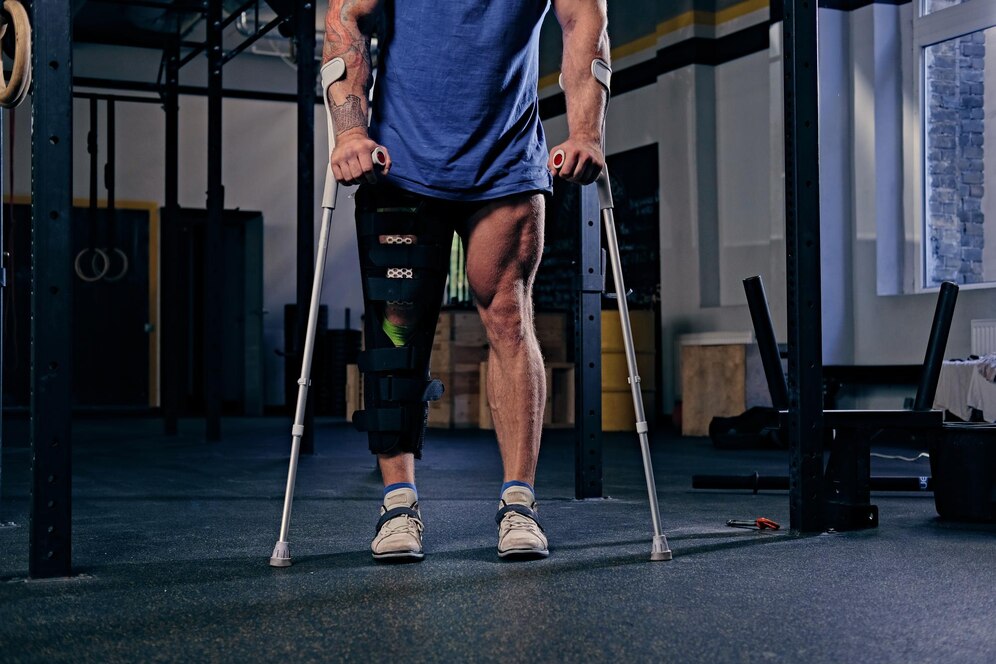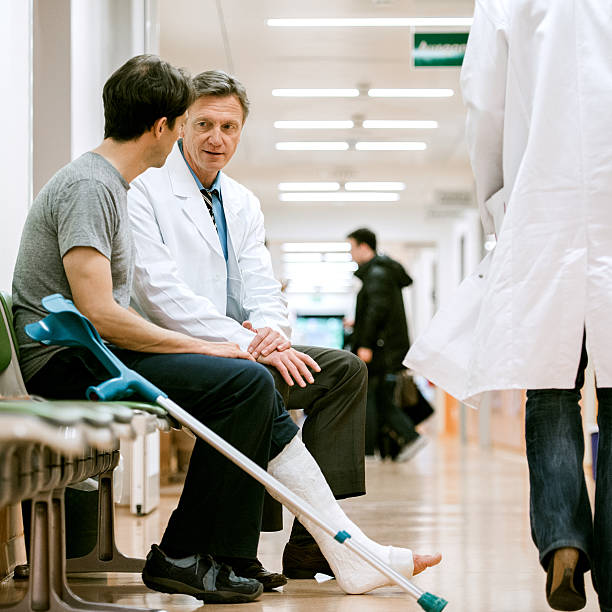The majority of damaged bones (fractures) are repaired without any issues using contemporary treatment techniques. New bone tissue starts to develop and join the fractured portions of a shattered bone once it has been properly treated.
Even with the finest medical care, whether surgical or nonsurgical, some shattered bones do not repair. In some circumstances, a bone’s failure to repair is more likely due to specific risk factors. A “nonunion” is a damaged bone that does not repair properly. A “delayed union” occurs when a fracture heals more slowly than usual.
When the bone doesn’t have enough stability, blood flow, or both, nonunions can occur. Additionally, they are more likely if the bone fractures as a result of a high-energy injury, such as one sustained in a vehicle accident, as severe traumas frequently reduce the blood flow to the broken bone.
Long after the acute pain from the fracture has stopped, patients with nonunions typically continue to have pain at the site of the break. This discomfort might linger for months or even years. It could happen all the time or just when the fractured arm or leg is utilised.

RISK FACTORS OF NON-UNION FRACTURE
Some factors that increase the risk of nonunion fracture are :
- Consumption of tobacco or nicotine
- A low vitamin D level
- Hypothyroidism
- Poor nutrition
- Older age
- Severe anaemia
- Diabetes
- Infection
A frequent injury is a broken bone or fracture, and the majority of them recover properly with medical care. As part of their natural ability to heal, bones grow new bone tissue to join any fractures. Broken bones occasionally may not heal as anticipated and may require further care. Non-union fractures are broken bones that may not heal properly and may require surgery or other therapies.
NON-UNION FRACTURE SIGNS AND SYMPTOMS
Both minor and severe bone fractures need to be immobilised for the bone to heal. For certain serious injuries, surgery or fixation will be necessary, as well as a cast or braces to keep the bone in place. Depending on the patient, the fracture’s type and location, healing times might differ. Small bones and fractures heal in 3 to 4 months, but large bones may take 6 to 12 months to fully heal. In most cases, symptoms of an unhealed fracture appear about 6 months or more after the injury and may include :
- Deformity
- Instability
- Swelling
- Pain and tenderness
There may be a number of causes for a fractured bone that is not recovering properly. A non-union fracture can be caused by an infection, improper immobilisation, lack of blood flow, and other problems.

TREATMENT WITH STEM CELLS FOR NON-UNION FRACTURES
For non-union fractures, surgery has traditionally been the go-to option, although it’s not always necessary. Some individuals with fractured bones that take a long time to heal may benefit from stem cell therapies. The patient’s stem cells may be taken out, purified, and then injected right into the fracture site. With this minimally invasive, outpatient approach, many patients can skip invasive surgery and recovery time since the concentrated stem cells can accelerate bone healing.
Visit Specialty Care Clinics for treatment of the non-union fracture.
